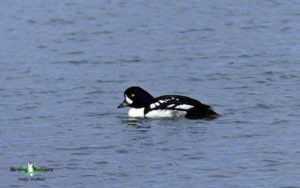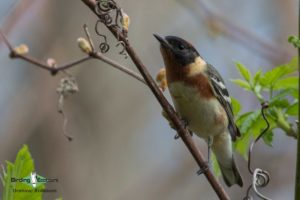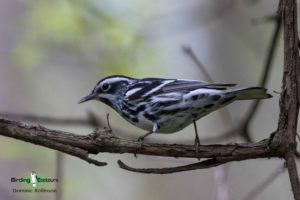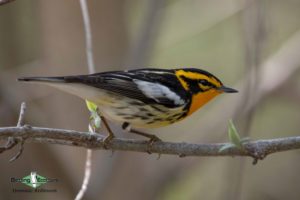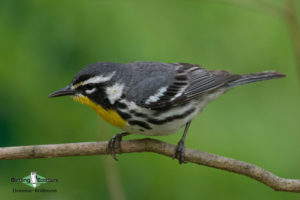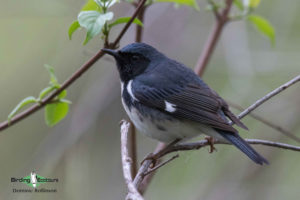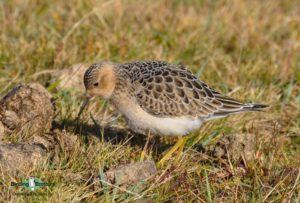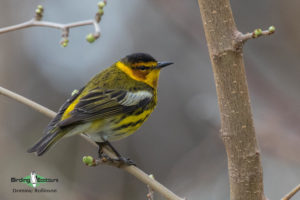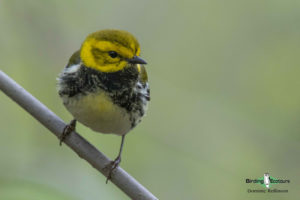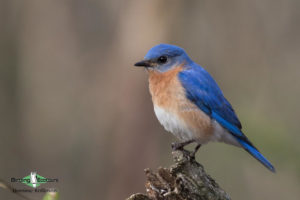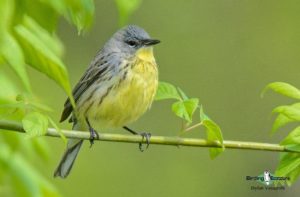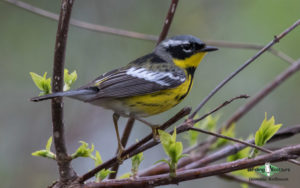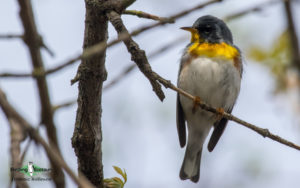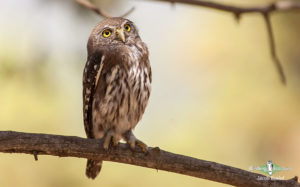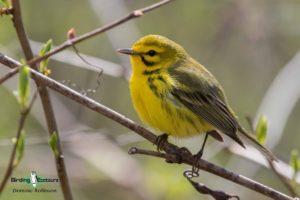Canada Birding Tours
Magnificent Canada, humongous (the second-largest country on the planet), yet sparsely populated, boasts endless tracts of wilderness. It has many national wildlife areas, migratory bird sanctuaries and other vast tracts of the Great Outdoors which make our custom Canada birding tours highly rewarding.
The boreal forests of Canada include about a third of planet Earth’s taiga zone, and are inhabited by some very special birds such as Boreal Chickadee, Boreal Owl, Great Grey Owl, Northern Hawk-Owl, Spruce Grouse, Black-backed Woodpecker and other desirable species that are more localized in the USA than here in Canada. Having said that, all of the species mentioned above do either extend further south along the Rocky Mountains well into America’s Lower 48, or they do turn up annually at places such as Michigan’s Upper Peninsula and good old Minnesota, where we run our annual winter bird watching tour targeting owls, grouse and other specials. Then of course there’s the charismatic Canada Jay (aka Grey Jay), a friendly denizen of Canada’s boreal forests but also occurring southwards into the American Rocky Mountain states. Snowy Owl is more characteristic of snow-covered grasslands of the Prairie Provinces and during irruption years lots of them make their way to Ontario and other parts of southern Canada after breeding in Alaska and northern Canada (and some certainly cross the international border into Minnesota, North Dakota, Michigan, Ohio, etc.).
Read More About Canada
Talking of the prairies, along with our tailor-made winter tours, where owls are the main focus, we also do bespoke summer trips in search of certain other localized species such as Baird’s Sparrow on its breeding grounds (we also sometimes look for this bird in North Dakota, Montana and more recently in Wyoming where we have some good stakeouts). A summer visit to the Canadian plains with lakes can also allow you to experience “the cry of the loon”, something that will captivate your memory for years to come. Common Loon (or Great Northern Diver as it is known in Europe) is the usual inland species.
Point Pelee is arguably the most famous spring stopover site in the whole of North America for wood warblers and other migratory birds as they cross over Lake Erie from Central America, the Caribbean, and the United States, en route northwards to their Canadian breeding grounds. Across the lake on the American side within Ohio, Magee Marsh, the venue of the Biggest Week in American Birding has also become extremely well-known for its spring bird migration phenomenon. This area is one of the most important birding regions for spring (May is the best month) migrants on the whole continent of North America. This is on the migration route of many species of brightly colored wood warblers (most years a couple of rare Kirtland’s Warblers pass through, along with all the others like Canada Warbler, the dazzling Blackburnian Warbler, Cape May Warbler, Magnolia Warbler, etc.), orioles, tanagers and more.
Of course, we should not forget Canada’s long and spectacular coastline that boasts three puffin species, Atlantic Puffin, Tufted Puffin and Horned Puffin, along with lots of additional sought-after bird species including a good diversity of other alcids.
Canada is famous for its absolutely spectacular scenery, from Vancouver Island and the Canadian Rockies in the west to the Niagara Falls and Great Lakes in the east. Not surprisingly considering Canada’s vast tracts of wilderness, some of North America’s most iconic mammals, including wolf, bears (three species – Churchill is for example famous for Polar Bear), Moose, etc., which are still relatively common. Indeed, birding tours to Canada not only generate some highly desirable bird species, but, as a by-product of the birding, good mammals and truly impressive scenery are the bonus.
We’re not currently offering set departure tours to Canada, but please do kindly contact us to arrange a custom Canadian birding tour. We’d love to set you up with a birding guide so you can spend time enjoying birding the wonderful wildernesses of friendly Canada.
